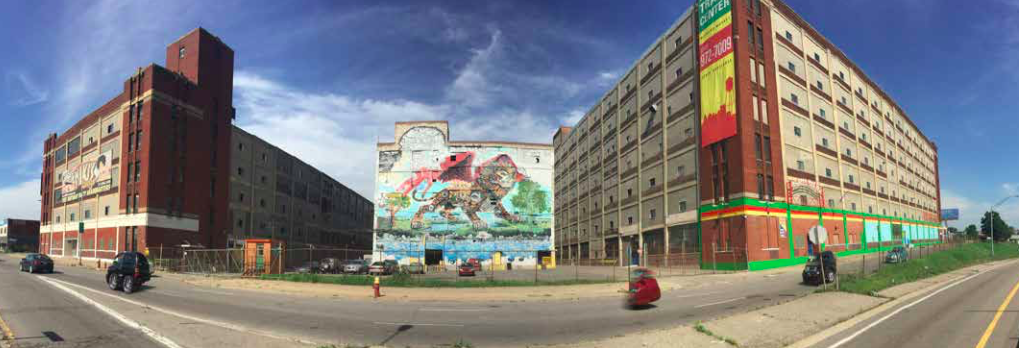The Adaptive Reuse Toolkit

The Adaptive Reuse Toolkit – How Cities Can Turn their Industrial Legacy 
into Infrastructure for Innovation and Growth
by Matteo Robiglio
Policy Paper, September 2016
The German Marshall Fund of the United States (GMF)
All over in the world, industrial infrastructure is being creatively re-purposed. Culture, leisure, sport, research, education,design, services, production, residences, and even agriculture are bringing life back to abandoned factories. This process is called adaptive reuse. Adaptive reuse can be sparked by whomever feels the power of the industrial past and dares to imagine a future for its legacy.
This toolkit pulls from examples in Chicago, Pittsburgh, Philadelphia, and Detroit to illustrate how many U.S. communities,despite often still facing hard post-industrial crises, have managed to reuse their industrial legacy and to make it into a positive asset for their future development. Cities and cases have been selected to illustrate the power of innovative processes and projects based on private-public partnership, bottom-up initiative, community involvement, and smart design despite difficult conditions (declining demography, local welfare crisis, weak real estate values, or scarce investment perspectives).
The toolkit provides a basic definition of adaptive reuse and then examples of how places in the United States have implemented this concept locally, activating industrial spaces to become new community assets. The experience of U.S.post-industrial cities is rich in providing lessons for European communities. These cities faced unprecedented challenges in reviving large industrial spaces. They also did it without the safety nets of European urban policy and public spending,but also with fewer constraints than the European planning system and a stronger tradition of civic commitment. Finally,while European cities can rely on a rich historical legacy and rooted social capital, higher mobility within the United States compels cities to innovate in order to retain and attract individuals, families, and investment.
This toolkit draws from this experience in creating an eight-step approach for how to make adaptive reuse work in your community. Written from a transatlantic comparative perspective, the toolkit outlines some specific features of adaptive reuse projects in North American post-industrial cities that could inspire European policymakers and U.S. practitioners to make adaptive reuse an ingredient of successful city remaking.
About GMF
The German Marshall Fund of the United States (GMF) strengthens transatlantic cooperation on regional, national, and global challenges and opportunities in the spirit of the Marshall Plan. GMF contributes research and analysis and convenes leaders on transatlantic issues relevant to policymakers. GMF offers rising leaders opportunities to develop their skills and networks through transatlantic exchange, and supports civil society in the Balkans and Black Sea regions by fostering democratic initiatives, rule of law, and regional cooperation. Founded in 1972 as a non-partisan, non-profit organization through a gift from Germany as a permanent memorial to Marshall Plan assistance, GMF maintains a strong presence on both sides of the Atlantic. In addition to its headquarters in Washington, DC, GMF has offices in Berlin, Paris, Brussels, Belgrade, Ankara, Bucharest, and Warsaw. GMF also has smaller representations in Bratislava, Turin, and Stockholm.
About Matteo Robiglio
Matteo Robiglio is an architect and founder of TRA, and a professor of architecture at Politecnico di Torino (Polytechnic University of Turin, Italy).



